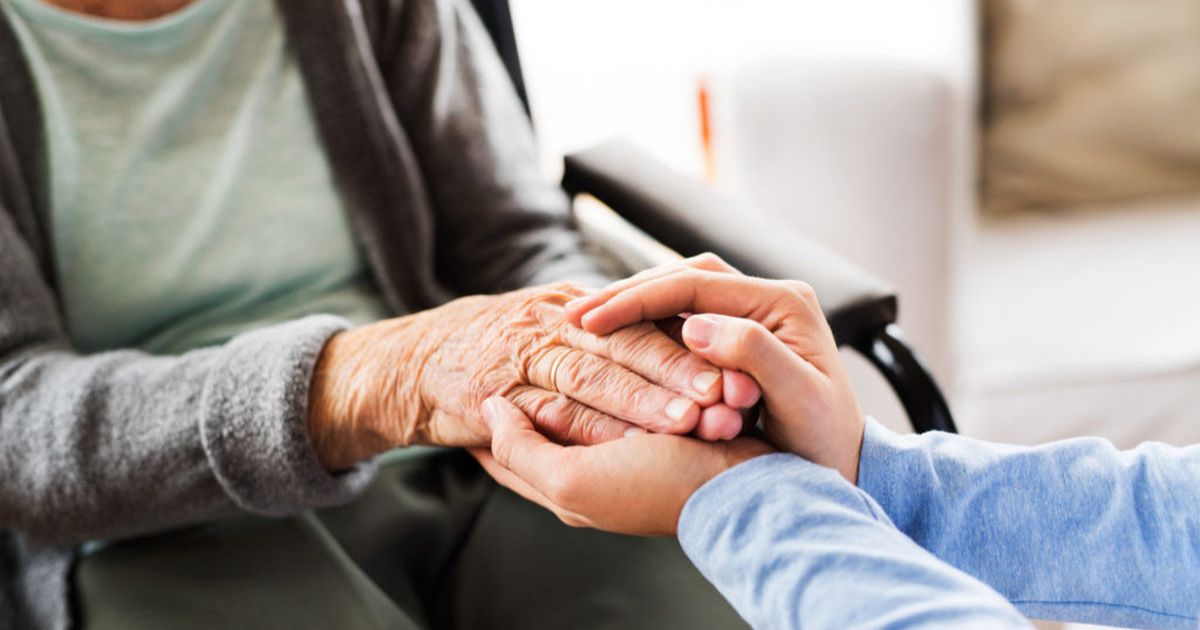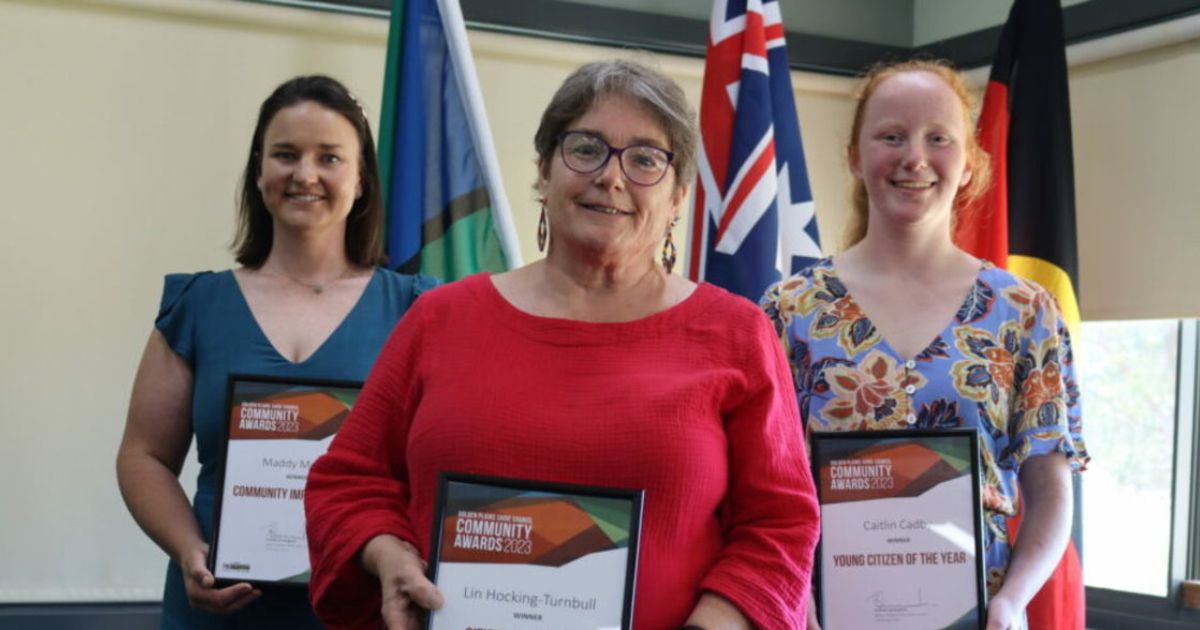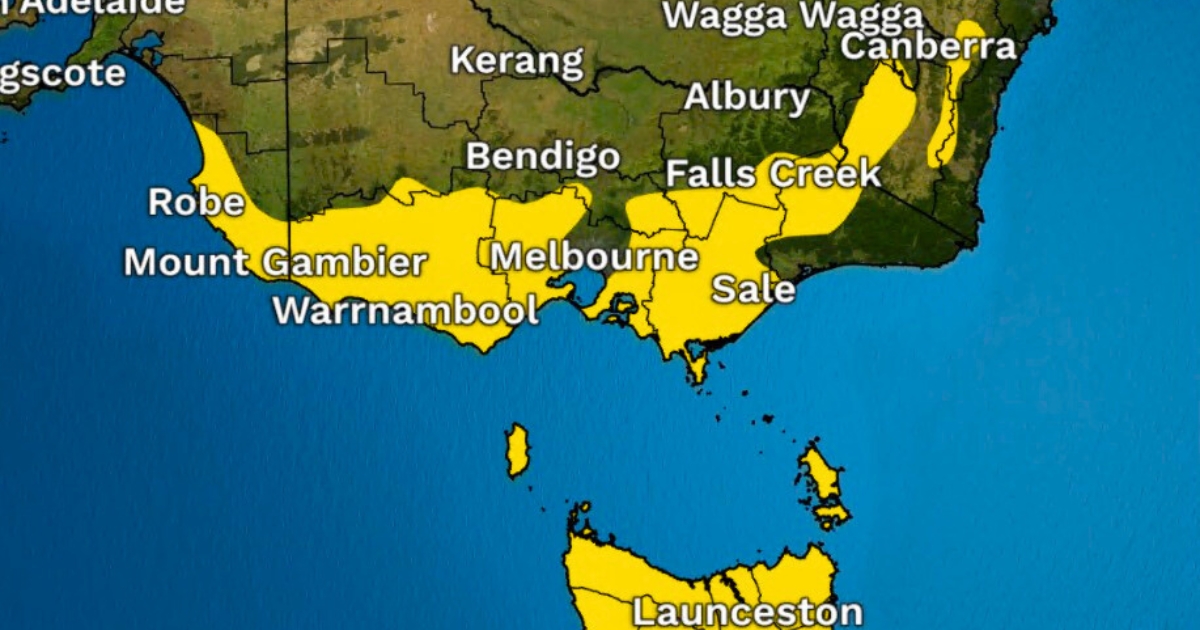HERO horses find new life off the track

Mates: Smythes Creek locals Glenn Backhouse and Neville the ex-trotter. Neville joined the Backhouse family after graduating from the HERO program. Photo: CAROL SAFFER
STANDARDBRED horses – used for harness racing – have an image problem.
Thoroughbred horses are often described as slim, athletic, proud animals, whereas standardbred horses, while known to be quiet and amenable, were considered big heavy ugly horses.
This was a major obstacle to overcome when Harness Racing Victoria createdits Harness Education and Rehoming Opportunities – HERO – program.
HERO manager Tanya McDermott has had her work cut out for her, since the program started in 2015, in changing not only the image of standardbreds but also to get people to look at these horses as legitimate riding and pleasure horses.
Describing the HERO program Ms McDermott said, “Its aim is to create life-after-racing opportunities for retired standardbred horses.”
Any standardbred horse, of sound mind and body, directly from the racing environment can be rehomed and reeducated by HERO, principally as riding horses or as carriage horses.
“Funded equally by the state government and HRV, HERO demonstrates both organisations feel very strongly about the horses having a life after their career,” Ms McDermott said.
Ms McDermott, with a family involvement in the harness racing sector, said HERO toils at the coalface working with the racing owners and the racing trainers.
She has battled the connotation that every rehomed standardbred has been rescued because traditionally nobody wanted them.
“The horses that come through HERO come from very caring racing owners and trainers. Never in any stage have they been neglected or mistreated,” said Ms McDermott.
“We are very strong about the fact that they have been retired from racing and transitioned into a new life. They are not rescue horses.”
The program is the first point of contact when a horse retires.
Harness racing horses retire for many reasons.
Maybe they were too slow to be a trotter or pacer and were retired before getting started, or an injury precluded them from racing, or merely it was a horse with a long career that is now over.
Recently HRV has commenced tracking all horses who leave the harness racing industry, requiring compulsory notification by an owner or trainer of the animal’s destination when it retires.
Figures from the enforced tracking show that around 70 per cent of horses are finding new homes, with over 250 horses retrained and rehomed since HERO’s implementation.
Some horses do go through the saleyards and some ultimately are put down.
Ms McDermott said, “It is remarkably easy to re-educate a standardbred to carry a person and a saddle rather than a harness.”
“They are very good-tempered horses and combined with a lot of life experience from their harness career they are straight forward to retrain as riding horses.”
Due to the breed suffering from a negative perception as riding horses, finding the right sort of homes has been difficult in the past.
“But slowly in recent years that opinion has changed and finally people are recognising that these animals have a lot to offer as riding horses,” said Ms McDermott.
HERO horse re-educator Bronwyn Cochrane agrees.
“Originally, I was a little indifferent to the breed, they are not beautiful but I have a huge respect for them.
“But I love them now for the good nature and trainability, they are so willing to do anything you ask them to without any fuss.”
Mrs Cochrane and her partner Warren are equine and people educators working in the HERO program since its inception.
“We feel our job is really to get the horses to a point where they are completely happy to be doing this new work, having this new life,” Mrs Cochrane said.
The basics of ridden work are taught slowly based on each horse’s needs – how to halt and lunge – in the indoor arena allowing the horse to learn that this is its retirement.
Mrs Cochrane said, “We educate them to understand this is different from their past routine of the day job in the racing environment.”
“After the basics we hit the trails with them, mostly just walking until you feel them take a breath, that physical change where they say ‘oh, this is alright’.”
Having trained about 50-60 horses since working in the HERO program Mrs Cochrane said most people who are recipients of the re-educated standardbred’s do not want to be Olympic class riders, they just want to have fun.
Mrs Cochrane admits that saying goodbye to a horse is sometimes difficult and emotional.
Because of the amazing people we have found who take the horses, 99 per cent go to forever homes, it makes it a lot easier,” she said.
Smythes Creek resident Glenn Backhouse was one of the first recipients of a HERO horse.
He had owned and raced a standardbred – race name Motoring Elder Baron – for 10 years.
On retirement Yorkie – as he was known affectionately by the family – stayed with Mr Backhouse until he died six years later.
Mr Backhouse’s horse-mad granddaughter started riding lessons aged around 10. By the time she was 14 years of age she had progressed to riding Yorkie.
“I heard about the HERO program when I was at the trots one night and thought it was a great idea as I wanted a horse that had already been broken in for my granddaughter to ride,” said Mr Backhouse.
Six weeks after putting in a request for a quiet horse, he and his granddaughter collected Neville.
Mr Backhouse said, “I think it is a great idea. You get all the back information about the horse, what his racing name was, how many starts he had and he was completely trained for the saddle when we got him.”
While his granddaughter now living in Melbourne doesn’t ride Neville as much, Mr Backhouse rides him sometimes or puts him in the cart and drives him around the paddock.
“I don’t do a much with him, he’s more of a pet.”


















